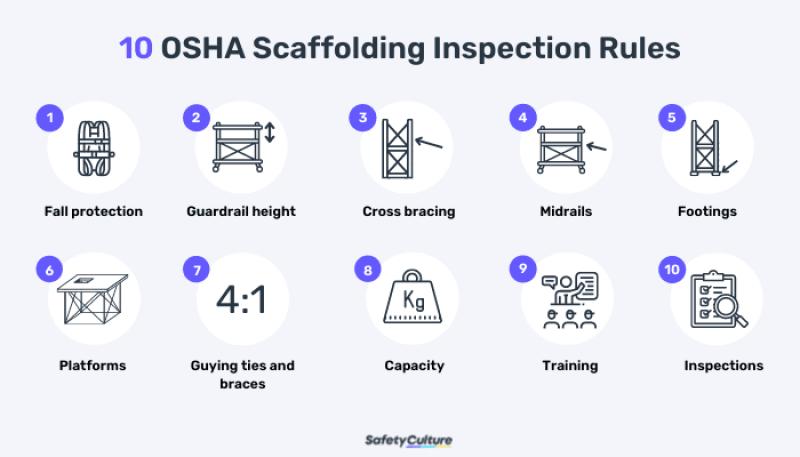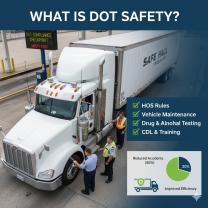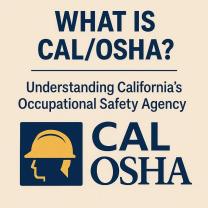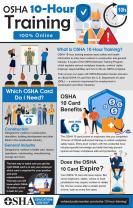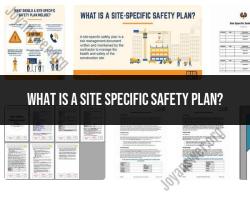What are OSHA requirements?
The Occupational Safety and Health Administration (OSHA) is a U.S. federal agency that sets and enforces workplace safety and health standards. OSHA requirements are designed to ensure that employers provide a safe and healthy working environment for their employees. The key aspects of OSHA requirements include:
General Duty Clause:
- Employers must provide a workplace that is free from recognized hazards that could cause serious harm or death. This is known as the General Duty Clause, and it is a fundamental principle of OSHA.
Hazard Communication (HazCom):
- Employers must communicate information about hazardous chemicals in the workplace to ensure that employees are aware of the potential hazards. This includes labeling, Safety Data Sheets (SDS), and employee training.
Personal Protective Equipment (PPE):
- Employers are required to assess the workplace for hazards that may necessitate the use of personal protective equipment (PPE) and provide appropriate PPE to employees.
Machine Guarding:
- Machines and equipment must be properly guarded to prevent employees from coming into contact with hazardous moving parts.
Lockout/Tagout (LOTO):
- Procedures must be in place to control hazardous energy during maintenance or servicing of machines and equipment.
Fall Protection:
- Employers must provide fall protection systems to protect employees working at elevated heights, such as guardrails, safety nets, or personal fall arrest systems.
Respiratory Protection:
- Employers must implement a respiratory protection program if respiratory hazards are present, and provide appropriate respiratory protection equipment.
Electrical Safety:
- Employers must follow OSHA standards for the safe use of electricity in the workplace, including proper wiring, use of electrical equipment, and protection against electrical hazards.
Confined Spaces:
- Employers must implement measures to protect employees who work in confined spaces, including atmospheric testing, ventilation, and rescue procedures.
Bloodborne Pathogens:
- Employers with employees at risk of exposure to bloodborne pathogens must implement measures to minimize the risk, including the use of personal protective equipment and vaccination programs.
Recordkeeping and Reporting:
- Employers must keep records of workplace injuries and illnesses, and certain serious injuries must be reported to OSHA. This helps OSHA track workplace safety trends and enforce standards.
Training and Education:
- Employers are responsible for providing training and education to employees on safety and health hazards in the workplace. Training is essential for empowering employees to recognize and address potential risks.
Emergency Action Plans:
- Employers must have emergency action plans in place, including evacuation procedures and communication plans, to ensure the safety of employees during emergencies.
Substance Abuse Policies:
- Employers may implement substance abuse policies to address the impact of drug and alcohol use on workplace safety.
OSHA requirements apply to most private sector employers and their employees. Some industries, such as construction and maritime, have specific standards tailored to their unique hazards.
Employers are responsible for compliance with OSHA standards, and failure to comply can result in penalties. Employees also have the right to report workplace hazards to OSHA, and they are protected from retaliation for doing so. OSHA conducts inspections and investigations to enforce compliance with its standards and works to improve workplace safety and health across various industries.
What are the specific requirements outlined by OSHA?
OSHA, the Occupational Safety and Health Administration, has a vast array of regulations and requirements covering various aspects of workplace safety and health. It's impossible to list all of them here, but I can provide you with some key categories and resources to explore specific requirements:
General Duty Clause:
- This is the foundation of OSHA's authority, requiring employers to provide a workplace free from recognized hazards likely to cause death or serious physical harm. While not specific, it sets a broad obligation to ensure worker safety.
Specific Standards:
- OSHA has established detailed regulations for various industries, hazards, and activities. These standards cover topics like:
- Chemical safety: Hazard communication, exposure limits, personal protective equipment (PPE).
- Physical hazards: Machine guarding, fall protection, noise exposure, confined spaces.
- Biological hazards: Bloodborne pathogens, infectious diseases, workplace sanitation.
- Construction safety: Scaffolding, excavation, fall protection, electrical safety.
- Ergonomics: Lifting requirements, repetitive motion prevention, workstation design.
Recordkeeping and Reporting:
- Employers are required to maintain certain records, such as logs of workplace injuries and illnesses, and report specific incidents to OSHA.
Training Requirements:
- Depending on the hazard, OSHA mandates training for employees on topics like hazard communication, bloodborne pathogens, and respirator use.
Resources for Exploring Specific Requirements:
- OSHA website: The official OSHA website allows you to search for specific standards by keyword, industry, or hazard.
- eCFR: The Electronic Code of Federal Regulations provides access to the full text of OSHA standards and regulations.
- OSHA Training Institute: Offers a variety of resources and training programs on workplace safety and health.
- State OSHA plans: Some states have their own OSHA plans with additional requirements.
Remember, the specific requirements you need to comply with will depend on your industry, type of work, and the hazards present in your workplace. It's crucial to consult the relevant OSHA standards and regulations to ensure you are providing a safe and healthy work environment for your employees.
I encourage you to explore the resources mentioned above and reach out to OSHA or a qualified safety professional if you have any specific questions or need help understanding your compliance obligations.
